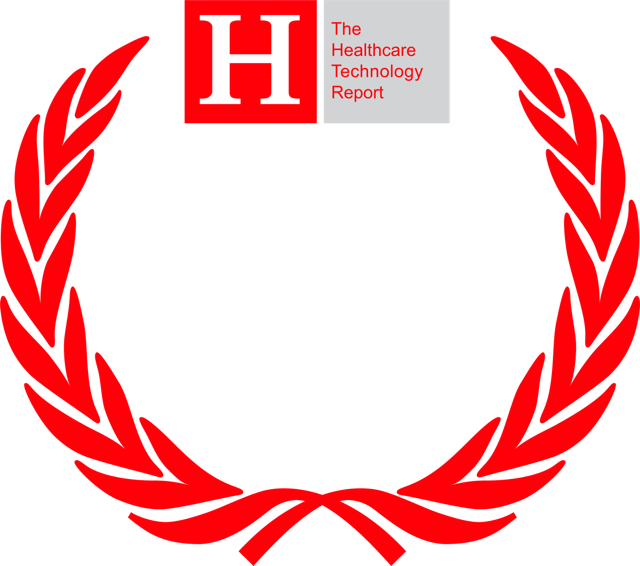
Continuous Positive Airway Pressure (CPAP) therapy is one of the most effective treatments for sleep apnea. While it helps improve breathing and ensures a restful night’s sleep, many users experience unexpected side effects such as dry eyes. Understanding why CPAP masks can cause eye dryness is the first step toward finding comfort and protecting your vision.
Why CPAP Masks Cause Dry Eyes
- Air Leaks from the Mask
One of the most common reasons is air leakage. If your CPAP mask doesn’t fit properly, pressurized air can escape and blow directly into your eyes, leading to irritation, redness, and dryness. - High Air Pressure Settings
Higher pressure settings can worsen leaks around the nose bridge and mask edges, pushing more air toward the eyes. - Mouth Breathing
Even with a full face CPAP mask, mouth breathing can contribute to overall dryness, which may extend to the eyes. - Poor Mask Fit or Worn-Out Cushions
Over time, mask cushions lose their seal. A loose or worn-out CPAP mask cushion can cause micro-leaks that irritate the eyes during sleep.
Symptoms of CPAP-Related Dry Eyes
- Burning or stinging sensation
- Redness around the eyes
- Blurred vision upon waking
- Feeling like there’s “sand” or grit in the eyes
How to Prevent Dry Eyes from CPAP Masks
- Choose the right mask type: Switching from a nasal mask to a full face CPAP mask may reduce leaks.
- Check for proper fit: Always adjust your mask before bed to ensure a secure seal.
- Replace cushions regularly: Old cushions increase the chance of leaks.
- Use a CPAP humidifier: Adding moisture to the airflow can prevent eye and airway dryness.
- Try eye protection: Moisture goggles or eye masks can shield your eyes from escaping air.
Final Thoughts
While CPAP masks are essential for treating sleep apnea, they can sometimes cause uncomfortable side effects like dry eyes. The good news is that simple adjustments—such as ensuring a proper mask fit, using a humidifier, and protecting your eyes—can make a big difference. If the problem persists, consult your sleep specialist or eye doctor to explore further solutions.
